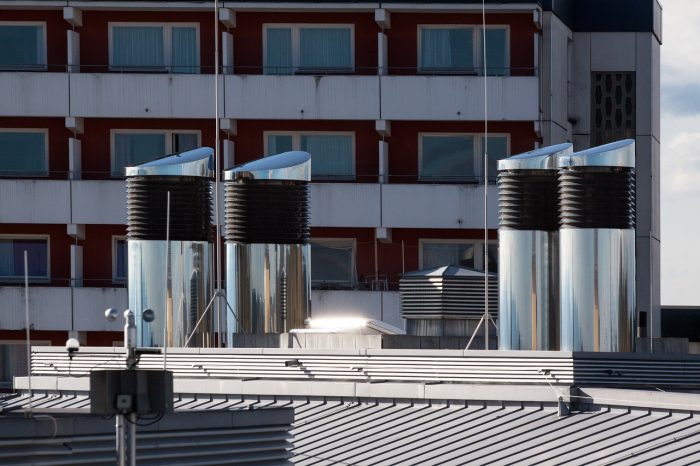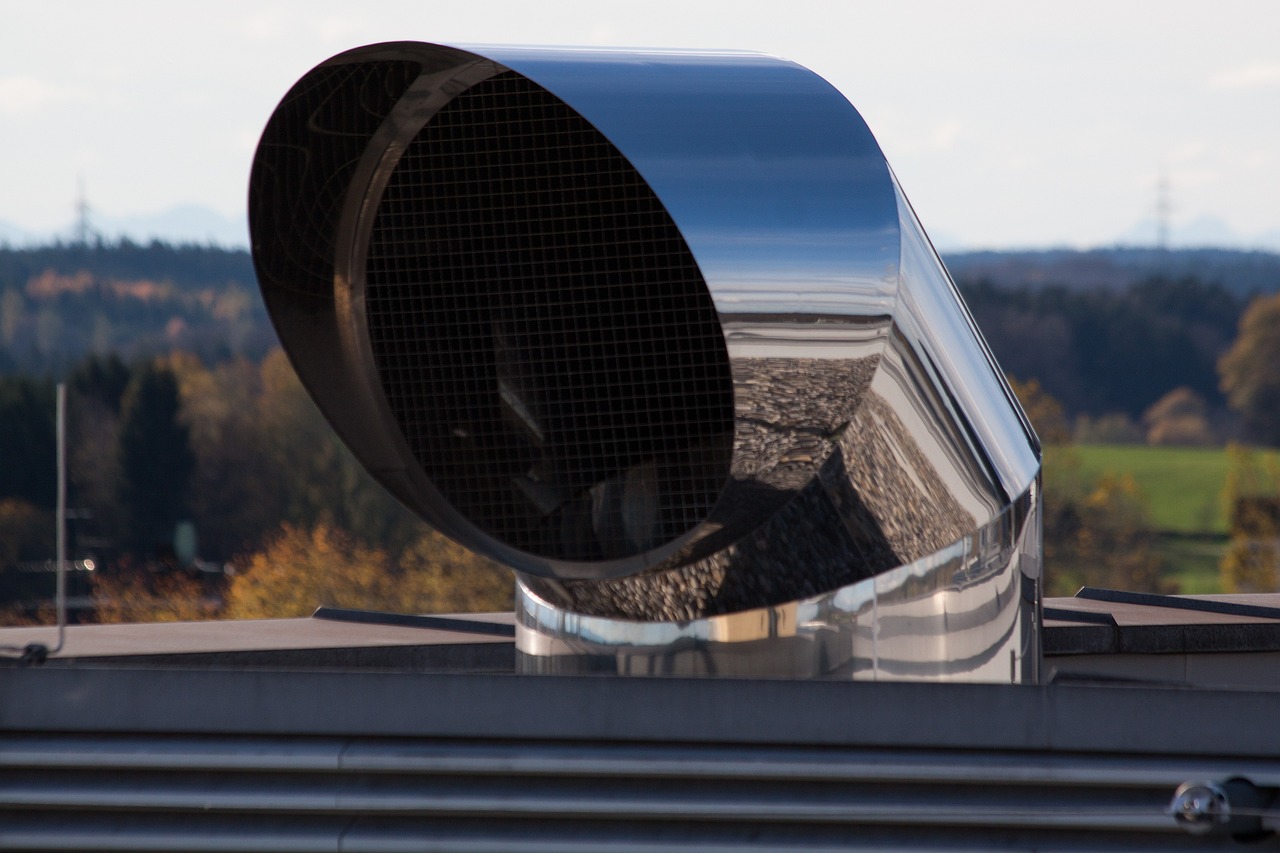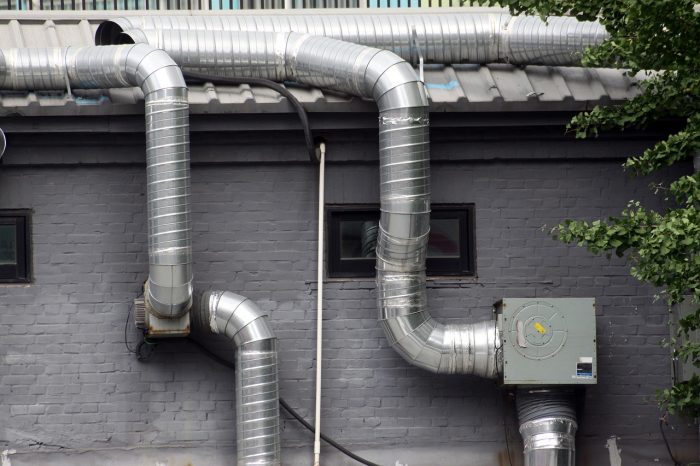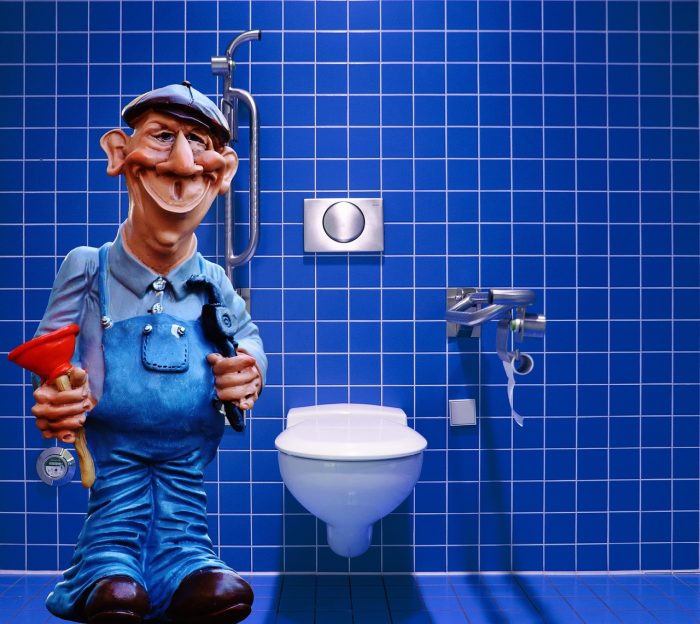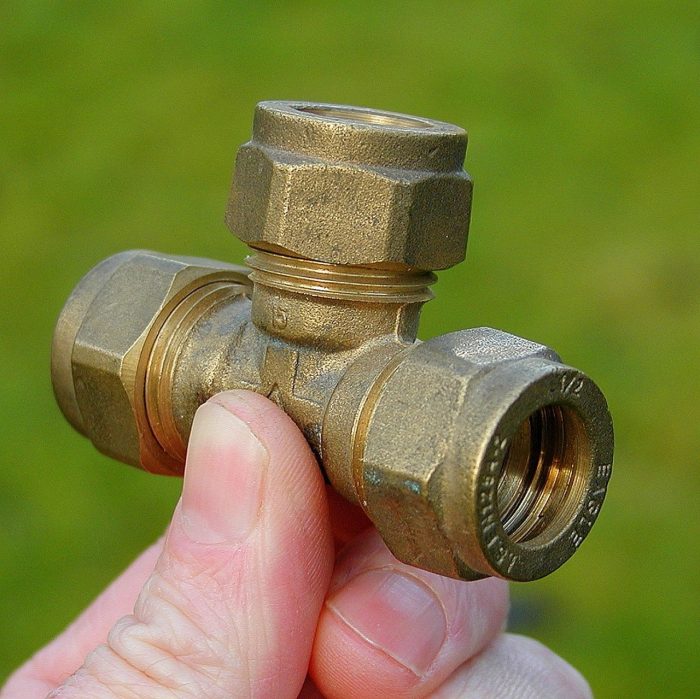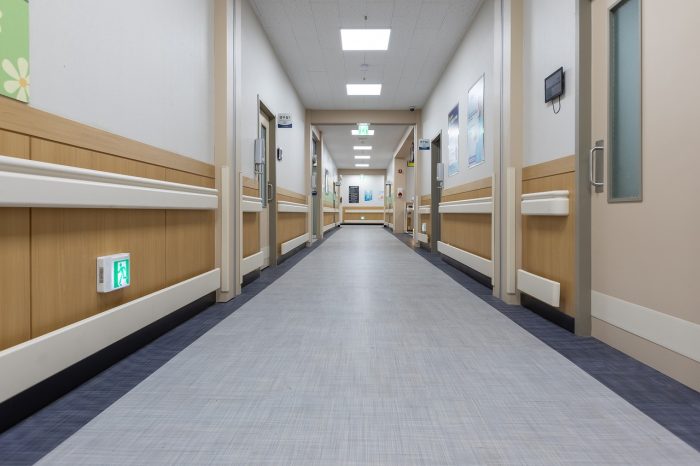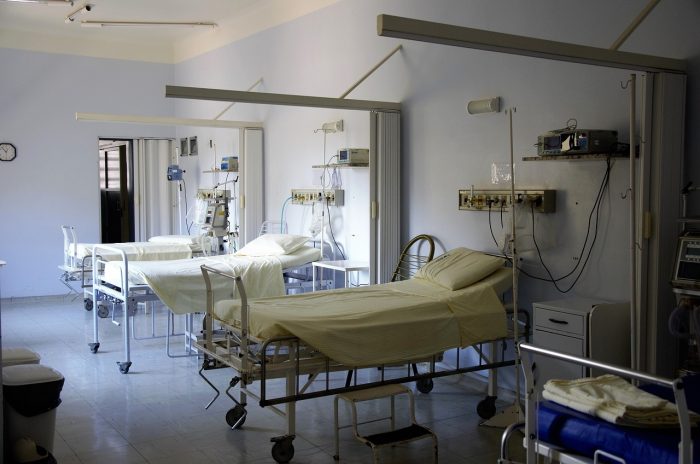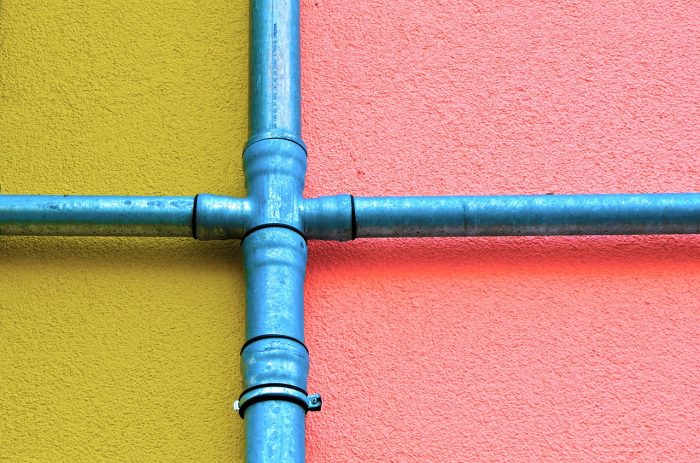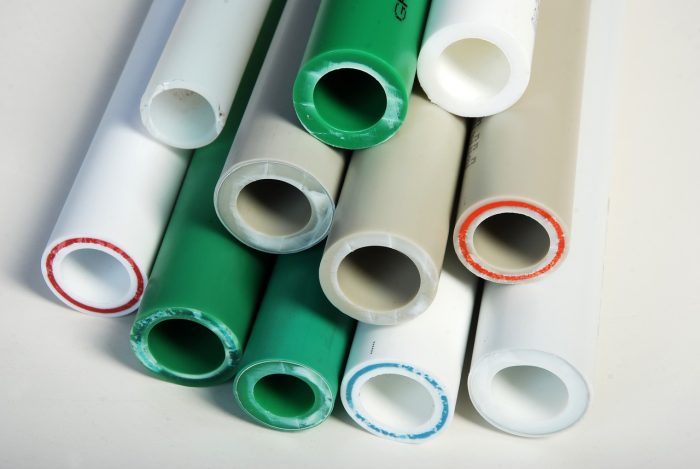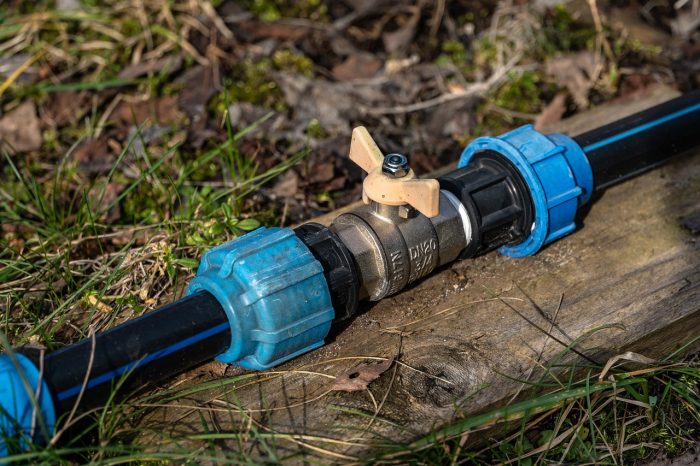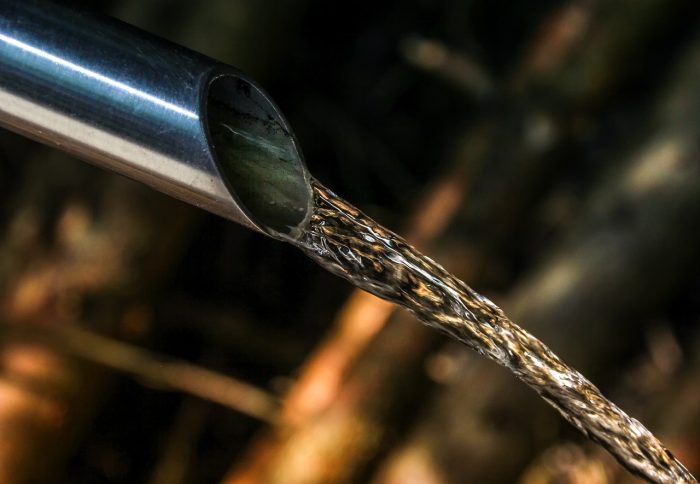
Materials used to make pipes are the backbone of any plumbing system; it is their job to transport fluids like water and gas in an efficient and secure manner. We select these pipe materials from the many available options, taking into account factors like local building codes, cost, durability, and intended usage.
Here are some of the pros and cons of different pipe materials.
- CPVC Pipes
Plumbing systems frequently use CPVC pipes, especially for cold and hot water applications in homes and businesses.
Pros:
- Smooth Internal
The smooth inside surface of CPVC pipes ensures a strong and consistent water flow by minimizing friction and the accumulation of sediment or scale.
- Heat Resistance
Hot water applications are perfect for CPVC since it can withstand temperatures up to 200°F without deforming. Compared to standard PVC pipes, which can’t handle hot water, this is a vast improvement.
- Easy to Install
CPVC doesn’t require any particular tools or expertise to cut, shape, or put pieces together using solvent cement; it’s also quite lightweight. This allows for faster and less effort-intensive installation.
- Chemical Resistance
Because of its high chemical resistance, CPVC is less prone to react with substances found in water. This includes organic chemicals, bases, acids, and salts.
- Cost-Effective
When compared to other metal pipes, such as copper, CPVC is often the more economical choice, both in terms of material prices and installation fees.
- Durability
CPVC pipes, when properly cared for, can endure for fifty years or even longer. They can withstand the pressure and wear and tear of regular use for an extended period of time.
- Corrosion Resistance
Copper and other metal pipes rust and corrode, while CPVC pipes are impervious to these elements and can withstand water with a high mineral content.
- Low Thermal Conductivity
When contrasted with metal pipes, CPVC exhibits poor thermal conductivity. Less condensation on cold water pipe materials and less heat loss from hot water improve insulation and decrease energy loss.
Cons:
- Accelerated Growth
Because CPVC expands and contracts in response to variations in temperature, improper installation can put unnecessary strain on the pipe, increasing the likelihood of cracks or leaks.
- Sensitivity to Ultraviolet Light
Because of its deterioration under ultraviolet radiation, CPVC pipes should not be installed outdoors without adequate protection or insulation.
- Limited Flexibility
When working with tight or complex places that require flexibility, CPVC’s greater rigidity makes it a less than ideal material choice. PEX is one alternative that comes to mind.
- Potential for Chemical Leaching
Though CPVC pipes are typically safe to drink, some worry that they may leach toxins into the water, especially when they are brand new.
- Joint Weakness
Solvent cement creates chemical bonds that facilitate the connection of CPVC pipes. These joints can fail or weaken if not installed properly, which can cause leaks to develop over time.
- Environmental Concerns
There are valid worries regarding the environmental impact of chlorinated polyvinyl chloride during its manufacture and disposal processes because it is a byproduct of plastic.
- Brittleness
Extreme cold, ultraviolet radiation, or repeated hits can cause CPVC to become brittle. Because of its fragility, it can break easily under specific circumstances.
- Sensitivity to Temperature
Although CPVC works admirably in warmer regions, it might not hold up so well in places where the weather becomes really cold since the material is more likely to shatter due to the freezing temperatures.
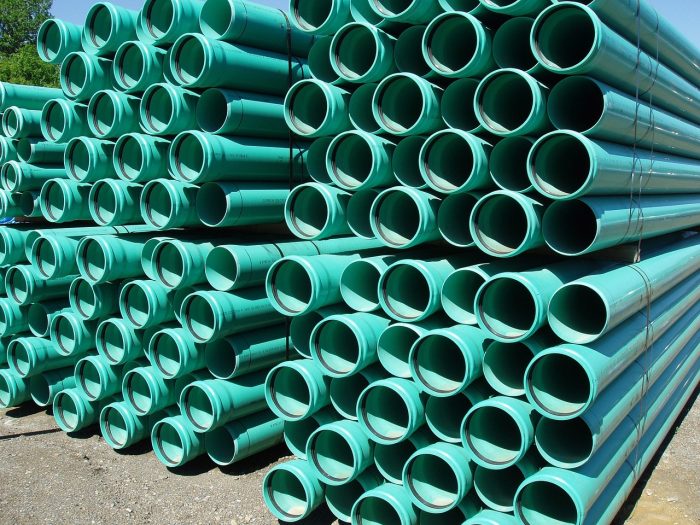
- PVC Pipes
Pros:
- Low Maintenance
Because they are resistant to scale and corrosion, PVC pipes don’t need much maintenance over time.
- Lightweight
The reduced weight of PVC pipes compared to metal ones makes them more convenient for installation, transportation, and handling.
- User-friendly
Fittings and solvents make short work of cutting, shaping, and connecting PVC pipes; welding or other complex instruments are unnecessary.
- Corrosion-Resistant
Metal pipes corrode and deteriorate when exposed to damp, but PVC remains unaffected. Drainage systems and water supply lines are perfect applications for this material.
- Durable and Long-lasting
The pipes provide reliable plumbing for a long time since they are resistant to rust, biological accumulation, and chemical reactions. They can live for half a century or longer in certain instances.
- Non-Toxic (for Potable Water)
Because they do not release any dangerous substances into the water, PVC pipes can be used to supply potable water once they have received the necessary certifications.
- Cost-Effective
For many plumbing jobs, PVC pipes are a cost-effective alternative to more expensive materials such as galvanized steel or copper.
- Smooth Internal Surface
Water flows smoothly and efficiently through PVC pipes because their smooth interiors minimize friction, which in turn prevents substantial pressure loss and clogs.
Cons:
- Restrictions in Certain Codes
Local building rules restrict or limit the use of PVC in specific plumbing applications in certain regions, such as high-rise buildings or those requiring fire-resistant materials.
- Fragility
Although PVC pipes are typically long-lasting, they can become fragile when subjected to extremes of heat, cold, or physical stress, which can increase the likelihood of cracking.
- Pressure Sensitivity
Since PVC pipes are typically used in systems with low to moderate pressure, they might not be the best choice for dealing with high pressure or situations where there are abrupt changes in pressure, such as water hammer.
- Ecological Concerns
There are environmental problems around the production and disposal of PVC pipes. Manufacturing and combustion release dioxins and other harmful compounds.
- Noise
Due to their tendency to accentuate the sound of flowing water, PVC pipes are noisier than metal pipes when water flows through them. This makes them less suitable for some indoor applications.
- Joint Failure
Leaks may develop in the future due to the solvent-welded joints failing, particularly in cases of improper installation.
- Limited Temperature Tolerance
If subjected to temperatures higher than 140°Fahrenheit, PVC pipes would soften and distort. This makes them unfit for use in high temperature environments. This means that systems handling hot water or heat shouldn’t use them.
- Non-Biodegradable
PVC pipes, due to their lack of biodegradability, can contribute to the problem of plastic waste over time if they are not recycled correctly.
Although PVC pipes are cost-effective and versatile, they aren’t always the best choice due to issues with durability and heat resistance.
- Steel Pipes
The strength and longevity of steel pipes made them an early standard in the plumbing industry.
Pros:
- Fire Resistance
In the event of a building fire, steel’s non-combustibility offers an extra layer of protection, especially in commercial and industrial environments.
- High Heat Resistance
Steel pipes are ideal for heating systems and hot water lines because they do not melt or distort when exposed to high temperatures.
- Recyclable
Steel is environmentally friendly at the end of its useful life because it is easily recyclable.
- Longevity
As a long-term plumbing solution, steel—and galvanized steel in particular—can endure for decades under specific conditions.
- Strength and Durability
When it comes to strength and durability, steel pipes are unmatched. They are perfect for commercial and industrial plumbing systems due to their ability to handle high pressures.
Cons of Steel Pipes:
- Maintenance Problems
Rust and corrosion are more common problems with steel pipes, making maintenance a more frequent necessity. They could also be more troublesome to fix than flexible pipe materials.
- Weight
Steel pipe installation takes longer and costs more than PEX or PVC due to their weight.
- Reduced Flow Over Time
Deposits formed by corrosion inside steel pipes eventually narrow the pipe’s diameter, reducing the water flow capacity.
- Difficulty in Installation
Cutting, threading, and fitting steel pipes requires specialized tools, which makes installation more complex and calls for professional experience.
- Corrosion
Among the many problems with steel is its susceptibility to rusting. This is particularly severe in regions where the water is somewhat acidic or contains a high concentration of minerals. This is particularly true with non-galvanized pipes.
- Cost
When compared to other pipe materials and installation methods, steel pipes are costlier. Due to their weight and relative cheapness, they can’t compete with alternatives like copper or plastic pipes.
- PEX Pipes
The versatility, longevity, and simplicity of installation of PEX pipes make them a popular choice for plumbing systems. However, as with any material, there are advantages and disadvantages to their use.
Pros of PEX Pipes:
- Fast Installation
The availability and flexibility of PEX’s crimp or clamp devices for pipe connecting enable faster installation than rigid piping systems.
- Cost-Effective
Compared to galvanized steel or copper, PEX piping is typically less expensive. The ease of installation also leads to cheaper labor expenses.
- Fewer Connections
Minimizing the likelihood of leaks and installation mistakes, the flexibility permits fewer fittings and joints.
- Resistance to Corrosion
Particularly in regions with hard or acidic water, the fact that PEX pipes do not scale or corrosion makes them last longer than metal pipes.
- Quieter
PEX pipes are quieter than copper pipes because they don’t produce as much noise when water flows through them.
- Flexibility
The exceptional flexibility of the material allows for easy installation in confined areas and around corners, requiring minimal fittings. This minimizes the likelihood of leaks.
- Freeze and Temperature Resistance
Since PEX is temperature-resistant, it is suitable in environments with both cold and hot water. Because it can expand and contract in response to variations in temperature, it is also less prone to bursting when frozen.
Cons:
- Initial Smell
Flushing the system usually eliminates the plastic smell that some people initially notice in the water after installation.
- Possibility of Chemical Leaching
Some worry has been raised about the possibility of chemical leaching from certain PEX pipe varieties into water supplies, particularly in the initial year. Although the majority of PEX pipes are safe, this could potentially pose a problem for systems that handle drinking water.
- Limited High-temperature Resistance
Compared to CPVC or copper, PEX has a lower temperature tolerance. This makes it unsuitable for high-temperature applications such as industrial systems or specific heating systems, while it can manage most water temperatures for residential use.
- Not Recyclable
Concerned homeowners about the environment may find that PEX is less recyclable than copper or other materials.
- Rodent Damage
Rodents may cause leaks in certain regions by gnawing through PEX pipes.
- Ultraviolet Sensitivity
Exposure to ultraviolet light can degrade the material due to its sensitivity. Therefore, avoid leaving it unprotected from direct sunlight or using it in outdoor settings.
- Barrier to Water Flow in Older Homes
Incorporating PEX with conventional materials may necessitate extra effort when renovating an older property due to the stiffness of the plumbing systems.
- Cast Iron Pipes
Pros:
- Eco-Friendly
Cast iron is more environmentally friendly than plastic because it is easily recyclable.
- Strength
Underground installations or places with considerable traffic above can benefit from cast iron’s ability to support heavy loads without breaking or bending.
- Noise Reduction
For residences or buildings with multiple stories where noise reduction is of utmost importance, cast iron pipes are an excellent choice because of their inherent sound absorption properties.
- Fire Resistance
For added peace of mind, particularly in commercial or multi-unit buildings, cast-iron pipes do not burn or emit harmful odors when exposed to fire.
- Durability
These pipe materials typically have a lifespan of fifty to one hundred years or more, making them a famously long-lasting choice for plumbing systems.
When it comes to environmental conditions and tree roots, cast iron has an incredible resistance.
Cons:
- Not Perfect for Acidic Water
Corrosion and a shorter lifespan are consequences of exposure to extremely acidic water, which can damage cast iron pipes.
- Corrosion
Clogs, cracks, and leaks can result from cast iron corroding over time, particularly when exposed to specific kinds of water or chemicals. Corrosion can also reduce the interior diameter, thereby impacting the water flow.
- Maintenance
Cast iron pipes are more difficult and expensive to repair than newer materials in the event of a crack or other damage. The pipe is heavy and stiff, making it difficult to replace pieces.
- Cost
Compared to alternative pipe materials, such as PVC, cast iron is usually costlier. The price goes up because of the material and the labor needed to put it together.
- Weight
Modern substitutes, such as copper or PVC, are substantially lighter than cast iron pipes. Due to the increased difficulty of installation, more manpower is required, and transportation and handling expenses rise.
- Copper Pipes
Plumbing systems frequently use copper pipes due to their longevity and dependability.
Pros of Copper Pipes:
- Resistant to UV Damage
Copper pipes are impervious to the sun’s ultraviolet radiation, making them suitable for outdoor installation.
- Temperature Tolerance
Because of their remarkable resistance to thermal expansion and contraction, copper pipes are suitable for use in systems that transport both hot and cold water.
- Fire Resistance
Copper, being non-combustible, enhances a building’s fire safety.
- Non-toxic
Copper does not release any toxic substances into the water because it is a naturally occurring substance. Because of this, the water supply is now safer to consume.
- Recyclable
Because it is easily recyclable, the material is a wonderful choice for those who care about the environment.
- Low Maintenance
Copper, unlike other materials, lasts a long time and needs little maintenance.
- Durability
Copper, a long-lasting alternative, has a high resistance to corrosion and a lifespan of fifty years or longer.
- Biocidal Properties
The inherent antimicrobial properties of copper make it an ideal material for pipes, as they prevent the accumulation of harmful germs and biofilms.
Cons of Copper Pipes:
- Noisy
Extreme pressure can force water through copper pipes, making the sound quite audible.
- Challenging Installation
Installations and repairs might be more time-consuming and expensive due to the need for soldering and specialized tools.
- Susceptibility to Theft
The construction industry is particularly vulnerable to the theft of copper because of the metal’s high monetary value.
- Prone to Corrosion in Particular Conditions
Copper is generally corrosion-proof; however, it can corrode in extremely acidic or alkaline situations, such as very acidic water.
- Thermal Conductivity
One potential issue with copper in plumbing is that it is a good heat conductor, but it loses heat from hot water rapidly, so it isn’t very good at keeping water at a constant temperature across long distances.
- Cost
At first glance, copper pipes may seem like a costlier option compared to galvanized steel, PEX, or PVC.
Conclusion
Many things must be considered while deciding on pipe materials, including the system’s purpose (drainage, water supply), available funds, and local climate. Modern plumbing systems utilize a variety of materials to enhance efficiency, prolong life, and save costs. A long-lasting and dependable plumbing system requires careful consideration of the benefits and drawbacks of each material.


